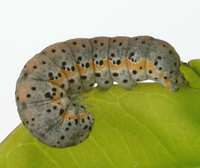
| Recorded by: Allison Garton on 2025-04-16
Moore Co.
Comment: | 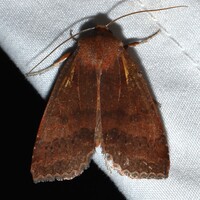
| Recorded by: David George, Jeff Niznik, Rich Teper on 2025-03-28
Chatham Co.
Comment: |
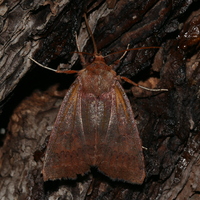
| Recorded by: David George, Jeff Niznik, Rich Teper on 2025-03-28
Chatham Co.
Comment: | 
| Recorded by: David George, Jeff Niznik, Rich Teper on 2025-03-28
Chatham Co.
Comment: |

| Recorded by: Emily Stanley on 2025-02-09
Buncombe Co.
Comment: | 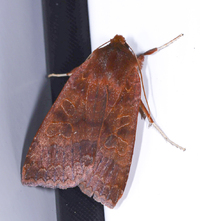
| Recorded by: John Petranka on 2025-01-29
Orange Co.
Comment: |
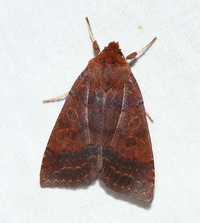
| Recorded by: David George, Rich Teper on 2024-11-05
Chatham Co.
Comment: | 
| Recorded by: Chuck Smith on 2024-03-05
Davidson Co.
Comment: |

| Recorded by: K. Bischof on 2023-12-05
Transylvania Co.
Comment: | 
| Recorded by: Stephen Hall on 2023-11-10
Orange Co.
Comment: |

| Recorded by: John Petranka on 2022-10-13
Orange Co.
Comment: | 
| Recorded by: K. Bischof on 2021-10-11
Transylvania Co.
Comment: |

| Recorded by: K. Bischof on 2021-10-10
Transylvania Co.
Comment: | 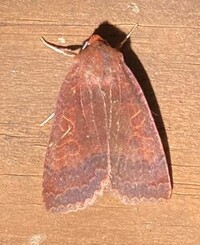
| Recorded by: Dean Furbish on 2021-03-01
Wake Co.
Comment: |
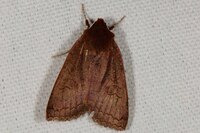
| Recorded by: David L. Heavner on 2021-02-24
Chatham Co.
Comment: | 
| Recorded by: Gary Maness on 2020-10-23
Guilford Co.
Comment: |

| Recorded by: Gary Maness on 2020-10-23
Guilford Co.
Comment: | 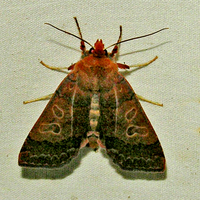
| Recorded by: Owen McConnell on 2020-10-19
Durham Co.
Comment: |

| Recorded by: Owen McConnell on 2020-10-19
Durham Co.
Comment: | 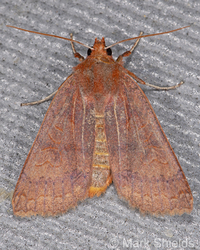
| Recorded by: Mark Shields on 2020-03-11
Onslow Co.
Comment: |

| Recorded by: Mark Shields on 2020-02-17
Onslow Co.
Comment: | 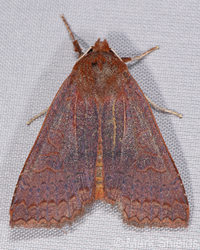
| Recorded by: Mark Shields on 2020-02-04
Onslow Co.
Comment: |

| Recorded by: Mark Shields on 2020-01-23
Onslow Co.
Comment: | 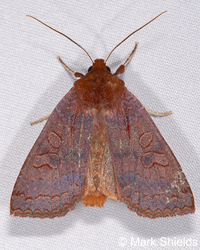
| Recorded by: Mark Shields on 2020-01-14
Onslow Co.
Comment: |

| Recorded by: Mark Shields on 2019-12-25
Onslow Co.
Comment: | 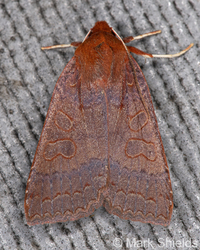
| Recorded by: Mark Shields on 2019-12-16
Onslow Co.
Comment: |
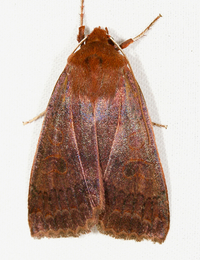
| Recorded by: Jim Petranka and Becky Elkin on 2019-03-09
Madison Co.
Comment: | 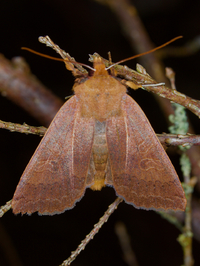
| Recorded by: Jim Petranka and Becky Elkin on 2019-02-06
Madison Co.
Comment: |
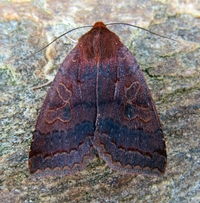
| Recorded by: Lori Owenby on 2019-01-03
Catawba Co.
Comment: | 
| Recorded by: Jim Petranka and Becky Elkin on 2018-11-30
Madison Co.
Comment: |
|

 »
»

